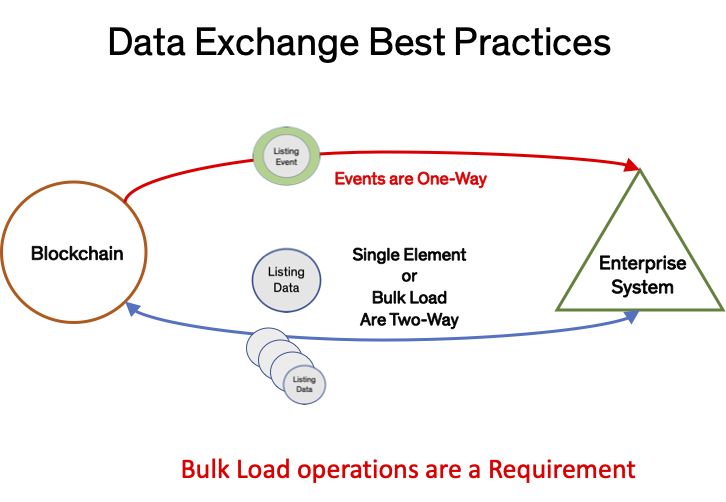I have been writing about blockchain technology for the last couple of weeks and now it is time to address how it gets introduced into the ecosystem. We start by not confusing the consumer. The word “blockchain” makes eyes glaze over and a barrier descends that blocks the exchange of ideas. Innovators react to this curtain with amplified claims about secrets and patents wrapped in messages based on what has been called the fear of missing out (FOMO). The hype has reached a point where blockchain technology is easily dismissed as fantasy. Let’s start at a more realistic point.
Users are comfortable with the speed and operation of today’s tools so we need to preserve that. The money that drives the industry comes from agents and brokers and they are very comfortable operating both web and mobile interfaces. Introducing changes would be resisted by the professionals who have expenses to cover because they need to do, not learn.

Users care less about what happens behind their tools as long as they have control of their contact and transaction information. Data sharing policies such as requiring full access to their listings once entered into the MLS reflect this desire. The tools must help them do their jobs.
MLS operators manage member information with tools that are designed to reliably and economically manage information on members’ behalf. The MLS vendor community adopts improved approaches due to the desire to reduce the costs of operations for their customers; the MLS operators. The economic benefits and challenges of blockchains from the MLS operator perspective will be covered in a future post.
There is a lot of jargon associated with enterprise systems and we will focus on two of them; Payload and Transport. A payload specifies what data is being moved and a transport identifies how it happens. For example, when listings are distributed to third parties, the payload contains the listings and the transport can be something simple like a file exchange. Payload and Transports are the areas where standards like those published by RESO are important.

Enterprise Systems need to support the loading and unloading of data. These functions are essential to operational functions like backups as well as end-user features such as listing distribution. It is common to call these operations Bulk Load and is a primary mechanism used to keep vendor products synchronized. Although Bulk Load was an approach that became popular several decades ago, it is still the most popular approach for synchronization today.
Bulk Load needs to be supported by blockchains to integrate with Enterprise Systems. The format used for the Payloads can be something simple and system-independent such as JSON which also works well for both web and mobile applications. Once blockchains are trusted by MLS operators adding new types of information such as Events to enterprise systems can be explored. Trust is earned by demonstrating reliability and showing that the tools are supportable by staff. A bridge to the future could be a reliable bulk load capability for blockchains.

Leave a Reply